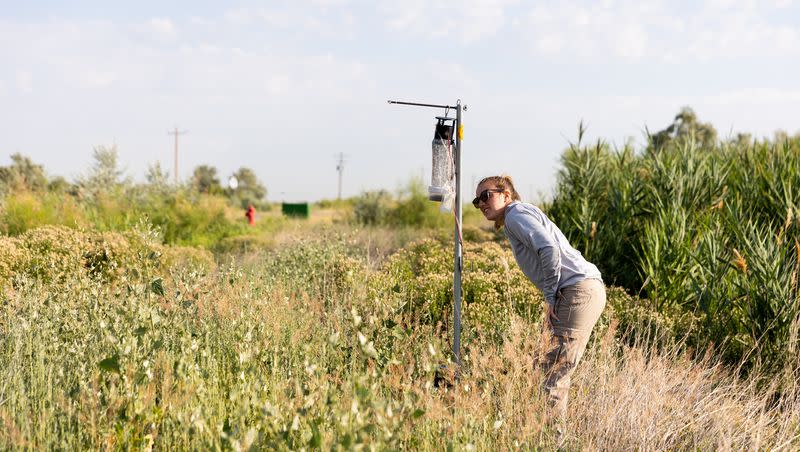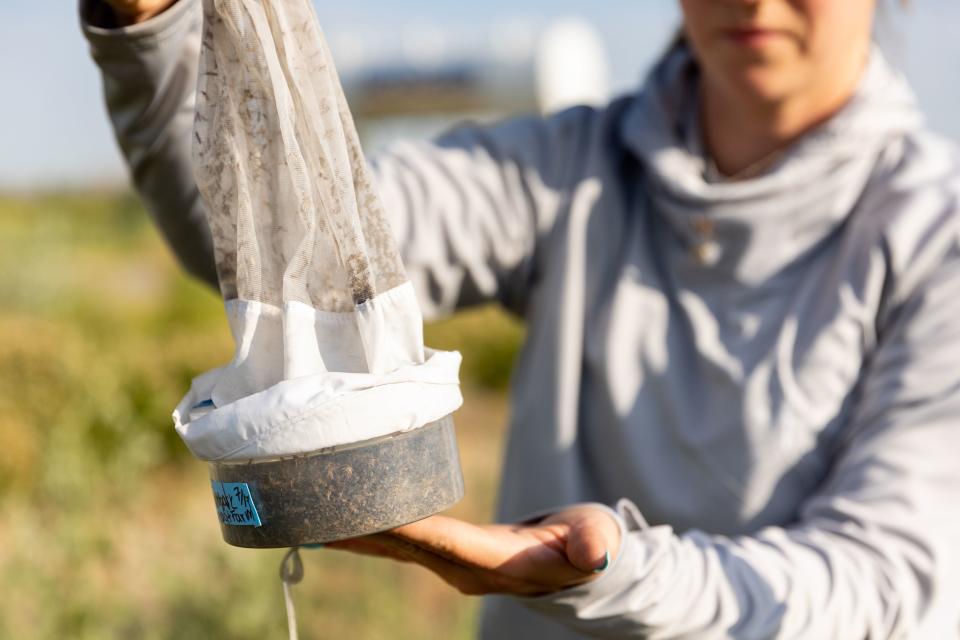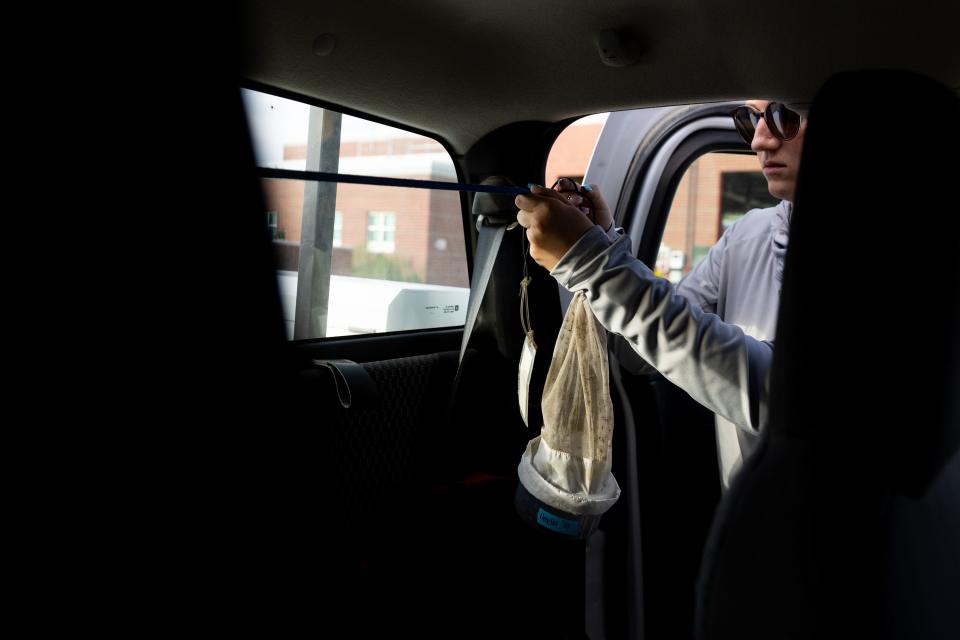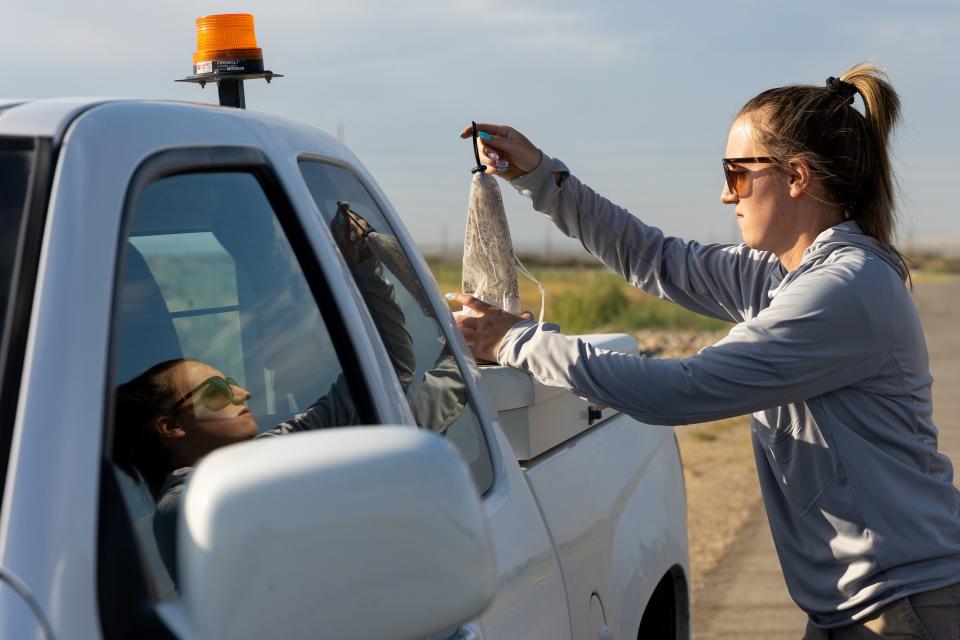Utah has already seen malaria cases this year. Here’s why local transmission of the disease isn’t likely

How worried should Utahns be about the spread of malaria now that the United States is seeing the first cases of local transmission of the potentially deadly disease in two decades?
The more than a half-dozen cases of malaria, identified in late June as originating in Florida and Texas rather than overseas, aren’t really much of a cause for concern here in Utah according to state and local health experts.
“I can’t say that the risk is zero here because we have the mosquito and we have the parasite that is arriving in people that have traveled,” said Hannah Rettler, a Utah Department of Health and Human Services zoonotic and vector-borne epidemiologist.
Since the beginning of the year, Rettler said there have been six malaria cases in Utah, all confirmed to be from mosquito bites in foreign countries. Five of the people infected had traveled to Africa and the other to Central and South America.
None of the cases, which were diagnosed in Salt Lake and Utah counties as recently as June, are currently active, Rettler said, meaning they’ve been investigated and those infected have been treated.
Utah averages about eight confirmed cases of travel-related malaria annually, she said, putting this year’s count “within normal numbers.” There are about 2,000 cases in the United States each year, according to the Centers for Disease Control and Prevention.
Related

What’s different about the headline-making cases in Florida and Texas are that people were infected with malaria after being bitten by mosquitos in those states over the past two months, something that hasn’t happened in the United States since 2003.
Citing the locally transmitted cases, the CDC issued a health advisory in late June, calling malaria “a medical emergency” and raising concerns about a potential rise in cases associated with increased international travel this summer.
The advisory recommends health care providers be on the lookout for malaria “in any person with a fever of unknown origin.” Symptoms can also include chills, headache, muscle pain, fatigue, nausea, vomiting and diarrhea, usually starting at least 10 days after infection.
The CDC wants the public to take precautions to prevent mosquito bites, including applying an approved insect repellent, wearing loose-fitting long-sleeved shirts and pants, and making sure there’s no standing water available for the insects to breed.
Travelers should be aware of where malaria occurs, and seek out preventative medicine before their trip, the CDC says, and get medical care if they develop a fever or other malaria symptoms after returning home.
Yes, there are more mosquitos in Utah this year
Utah is seeing more mosquito activity this year, “likely due to so many water sources from the abundant winter snow and spring rains,” Greg White, assistant director of the Salt Lake City Mosquito Abatement District, said.
The district’s mosquito count during the first two weeks of July was about twice as high as normal, he said, with more than 287,500 of the insects collected in 35 traps around Salt Lake.
The state has its own native species of the Anopheles mosquito that spreads the parasite responsible for malaria, but so far, White said it “is present in low numbers throughout the state.”
How low? Less than 0.2% of — just 524 — of the mosquitos collected this month were capable of carrying the parasite, he said. Statewide that number drops to only 0.1% of reported mosquitos collected.
Typically, Utah’s native Anopheles species of mosquito only turns up in rural areas, White said. Those trapped this month were all in areas west of I-215 near the Salt Lake City International Airport.
All that means the chances of getting malaria from a mosquito bite in Utah “is extremely low,” he said.
For that to happen here, White said, someone would have to be infected elsewhere, then “bitten by a local Anopheles mosquito, which would then have to incubate and replicate the pathogen for nearly two weeks,” before biting “another susceptible human host.”

West Nile virus already seen in Utah
Utah officials meet bi-weekly to discuss mosquito-borne illness. At last week’s meeting, Rettler said they “had a great conversation about how we can all be prepared,” should a locally transmitted case of malaria surface in Utah.
Related
She said she is “really proud and confident of the system we have here” that has the state working closely with local health departments and mosquito abatement districts to monitor disease spread.
That includes other mosquito-borne illnesses, especially West Nile virus, which has spread within the United State since 1999. In 2021, there were 28 cases of the virus reported in Utah, including three deaths.
This week, Davis County’s mosquito abatement district reported West Nile virus has been detected in a mosquito pool in Syracuse, noting that’s “often the first indication that the virus is circulating in the community.”
White said the focus this year on malaria because of the locally transmitted cases in Florida and Texas is “probably a good reminder that we have mosquito-borne diseases that we don’t think about much.”
He said more mosquitos mean more treatments, including using mosquito-eating fish to control larvae in water sources in urban areas, but otherwise, nothing’s being done any differently.


